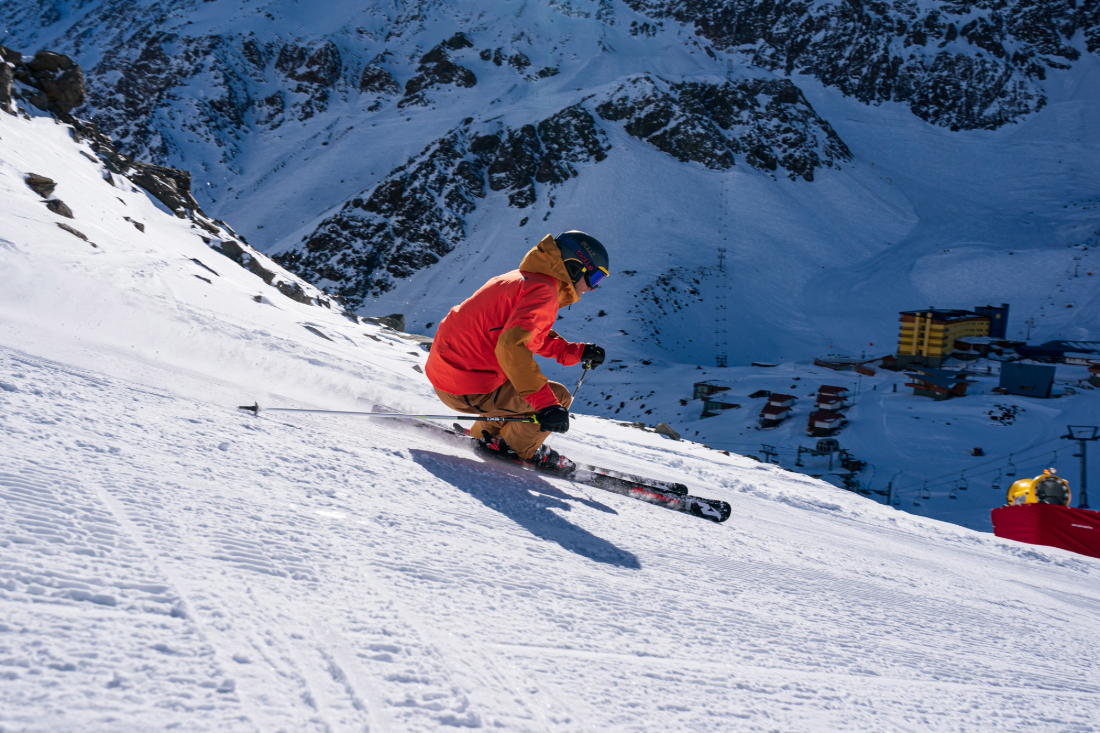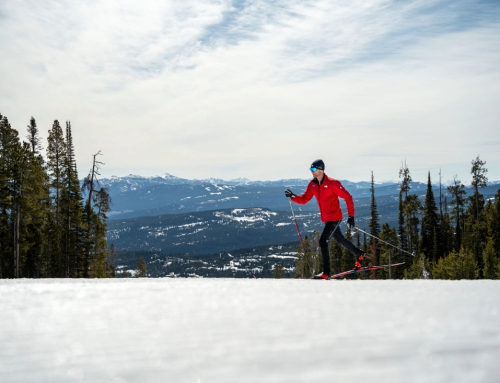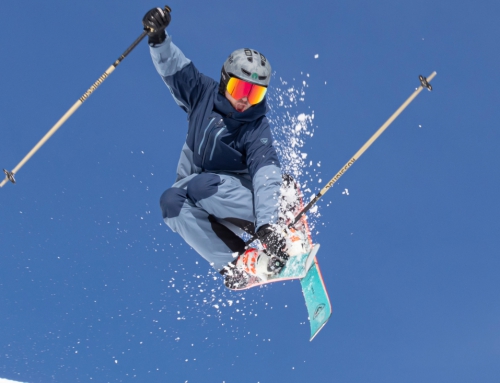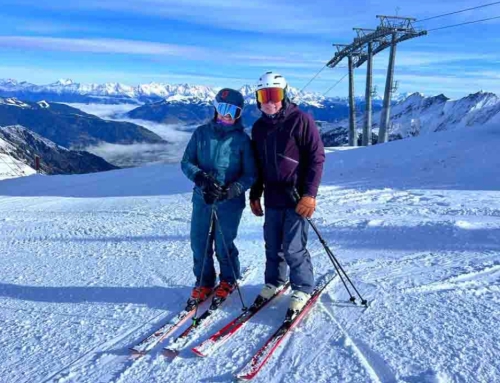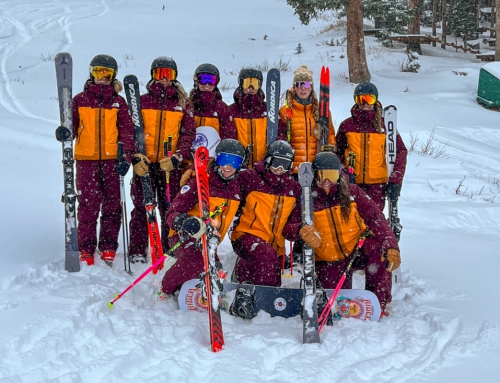Building Camaraderie in Portillo: Michael Rogan, Troy Walsh, and Katie White Prepare for the 2024-25 Season
Returning PSIA Alpine Team member Troy Walsh took a midsummer trip to Portillo, Chile, this July, to ski with PSIA Alpine Team Technical Coach Michael Rogan and new Alpine Team member Katie White, where Michael is director of operations and Katie is director of the ski school at Ski Portillo.
Here is Part 1 of the interview.
Q: What is that magic element that happens once you’re actually skiing again? Describe that spark of being back on snow.
A: Troy Walsh: I don’t even know if it’s a spark. It’s just a calm. It just settles in. And you’re like, “This is what I do, and it feels great.” All that’s going on in your head goes quiet. You can just hear the snow and see it – your skis working in the snow. And then you’re tired for a different way and can just relax. I can’t express how much it’s just so good for me.
A: Katie White: I’ve been feeling like it’s good especially having Troy here. It isn’t a new thing for Michael to have my back, especially in this role in Chile because he’s my boss here. But I’ve been feeling like when you’re going through the levels and working toward your goals the bonds just get better.
I’ve always felt a part of a team, especially in the Northern Rocky Mountain Region. But the feeling I have now with the National Team is so much stronger, and I’m learning how strong the bond is! To me it’s so cool knowing that I have teammates around the world that I can reach out to. They’re going to help you out with whatever you need, and it goes both ways, like if and when I ever have a teammate reach out to me. It feels very powerful to know I can help someone out. And this bond that I’m learning about is really special.
A: Michael Rogan: That’s the beauty of these teams: You try to find a group that can perform at a high level together. In events in particular, where you know that the other person is in that event and that if you needed something you could reach out and they would help you. We all have friends that would do that. But within the ski teaching community – this group and team – the goal is that we succeed for our membership when we work to help each other.
It’s a culture that has perpetuated itself since before I got started in 1996. But every term, it continues to evolve, so when Troy jumped in for the first time, he was welcomed with open arms and there were people to help him excel. Whether that’s the current group or alumni, they want Troy to be successful, as well as Katie and the folks that made the National Team for the first time. They want them to know that it’s a safe place where they can be vulnerable and talk about things that they need to understand to improve.
Q: Troy, when you get on the plane, what will you remember most about this trip to Chile?
A: I’ll be thinking about normalizing the fact that our insights don’t always move forward every time we get together. We’re challenged in a way that we actually have to reflect on how we think about things and how we go about things. There’s a big challenge within our industry where people think if they show up for two days, they’re going to get everything they need. I don’t think learning tends to happen that way. And it’s really good for us to be able to say, “I just figured something out, or I’m really questioning why I got to this point now, or how can I help someone avoid my pitfalls?” I’m trying to figure out a way to write something about how to be OK with taking a step back and clearly questioning if and how to take a group or clinic and ask what could be done better.
Q: Katie, what if you were asked to lead a clinic on some of the discussions or on-snow experiences you had this week? What would you say?
A: I have two takeaways. Just watching Troy and Michael ski, I have some really good images in my mind from a technical standpoint, especially skiing down Roca Jack, a very steep pitch, which was kind of firm, chalky snow this week. We all have slightly different styles, but I was looking at how we enter the turn differently. And then how we absorb or regulate our pressure through the finish of the turn. That would be fun to play with if I were leading a group.
Another thing that we’ve been having a few conversations about is as educators and leaders in our organization, how can we cater to the needs of the people we’re teaching? Could we be better at teaching the people in front of us, instead of showing up with an idea and sticking to that plan? So that’s been something I’m chewing on. And if the audience was right, that would be my clinic topic.
Tune in for Part 2 of the interview on Wednesday, July 31.
PC: Liam Doran

